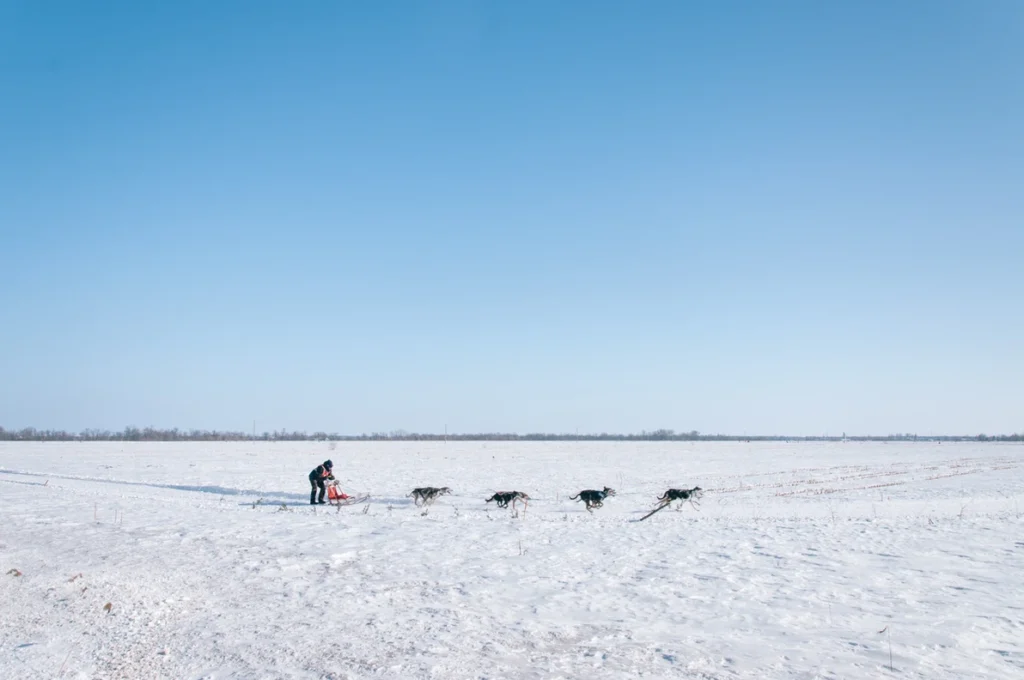In the remote and isolated communities of Canada’s northern territories, energy production and electricity generation pose unique challenges for the government and local residents alike. Many communities in Canada’s north, which are primarily indigenous and Inuit, are not connected to territorial power grids. As such, they have traditionally relied on diesel generators for heat and power. For many communities in Canada’s north, relying on diesel fuel as the primary source of energy has meant higher energy costs, negative health effects, reduced energy security, and a larger environmental footprint. Additionally, given the vast distances between communities and limited infrastructure, transporting diesel fuel is costly and subject to risks, leading to instances where fuel must be transported by air instead of truck or barge.
As the impacts of climate change become more pronounced, many northern communities reliant on diesel generation are seeking to transition to cleaner forms of energy and reduce dependence on this costly and risk-prone form of power. With the some of the highest per capita emissions in the country, many feel there is an environmental imperative to do so. However, renewable energy projects in the northern territories come with their own set of logistical, financial, and technical challenges.
To date, hydropower has been the only form of renewable energy to make a significant contribution to the energy context in Canada’s territories—that is until now. In the Yukon, hydropower is responsible for 90% of the territory’s electricity, and in the Northwest Territories, the figure is 45%. Despite these high numbers, distribution is limited to communities connected to the territorial grid, which mainly surrounds capitals such as Whitehorse and Yellowknife. In the Northwest Territories, 25 communities remain completely off-grid, and in Nunavut, all settlements and communities are completely reliant on diesel generation.
To reduce reliance on diesel imports, many communities, often led by indigenous groups, are investing in and developing solar, wind, and biomass energy projects in or near their communities. These projects can be sited with relative ease and there is no shortage of land to do so in the surrounding areas. During the summer months especially, solar and wind potential are quite high. For the winter months, investments in biomass plants for heating are also becoming more common. Biomass can also be used for electricity for some small communities, however to date projects have targeted heating, as that is where the greatest demand is.
The federal government is also stepping in alongside these communities, committing to invest $300 million in capacity-building and renewable energy projects in the north through the Clean Energy for Rural and Remote Communities program (CERRC). The federal government has also made 2030 a target year for diesel-fuel power to be completely replaced by renewable sources.
Examples of projects include a recently completed solar project in Old Crow, Yukon, the territory’s only fly-in community. Owned by the Vuntut Gwitchin First Nation, the project is set to provide 25% of the community’s electricity, primarily during the long summer days. The project will also provide revenue to the community, as they have signed a 25-year power purchase agreement with ATCO at a cost equal to diesel generation. Elsewhere, in the town of Inuvik, Northwest Territories, First Nations groups are leading the development of a solar and wind project that together will provide 4.5 megawatts of generation.
The transition developing in Canada’s north is exciting. However, significant challenges do remain, including the logistics of building in remote locations that experience extreme weather, which also leads to higher up-front costs. Community-led and indigenous-led renewable energy projects will require further policy and monetary support and easier access to capital when pursuing project developments.
With the help of the CERRC program, there are several solar, wind, and biomass projects currently under development in Canada’s territories. This presents an opportunity for the federal and territorial governments, as well as clean energy developers and experts, to work collaboratively with indigenous groups who are eager to continue their transition to a more sustainable power grid.
About Blue Harp Consulting
Blue Harp Consulting works with governments, energy developers, indigenous organizations, and investors, on renewable energy projects in Canada. If you are working on a renewable energy project, whether it is in Canada’s territories or in a province, please reach out to us today to see how we can help.
![]()
